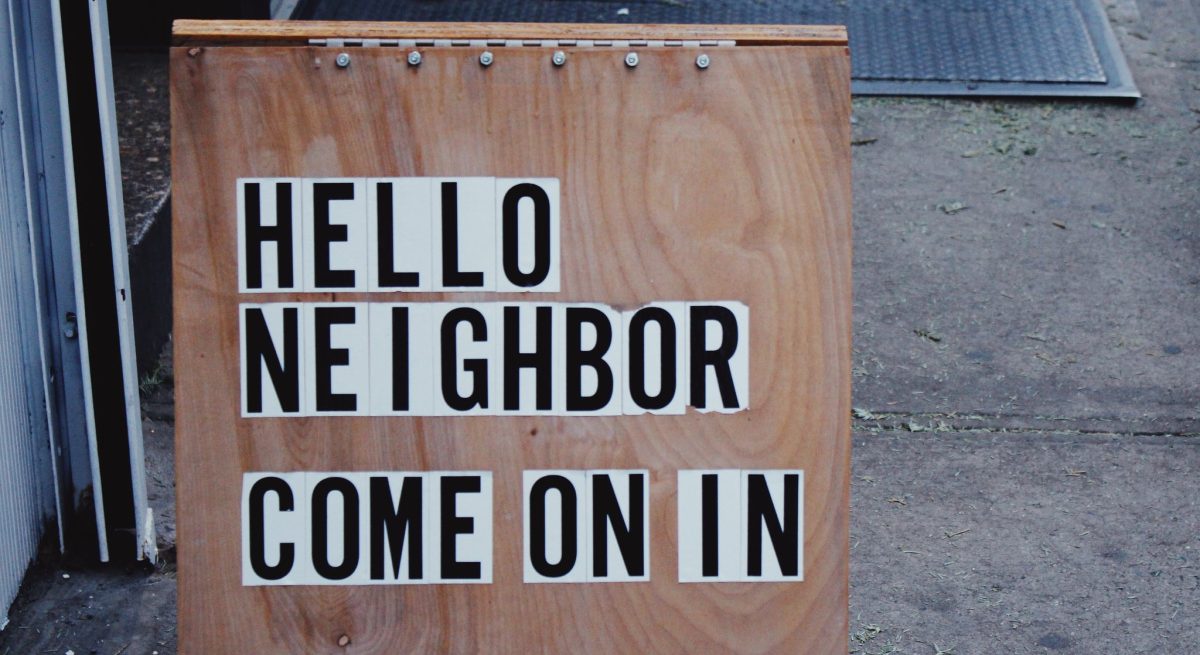As Restaurants Reopen, Focus Sharpens on Risk Mitigation
3 Min Read By Mark Lee
There’s some light showing at the end of the tunnel the coronavirus created. However, as the U.S. economy phases in its reopening, the nation’s restaurants face the same challenges they faced as it shut down: How do we do this in a way that allows us to minimize risk to our guests, our employees and our business?
Considering that the risk of the virus still remains very much with us, the answer is: by covering all possible fronts.
Restaurants have easily been the hardest hit of any industry by the pandemic, accounting for 60 percent of March’s job losses, and projections that 20 percent or more could permanently close. There’s a patchwork pattern of partial restaurant reopenings in the states. This is already well underway in Florida and Georgia, for example, but not expected until late June for Illinois.
Reopening is important. But as San Francisco restaurateur Brandon Jew tells Bon Appetit: “We need to have stricter guidelines… I don’t want to be a guinea pig for this. The worst-case scenario is that someone is exposed to COVID-19 while we’re reopening the restaurant and they end up passing away. I don’t know if I could deal with that.”
Various guides are available that outline best practices restaurant management should follow to ensure their establishments are mitigating the risk of spreading COVID-19. These include the U.S. Food and Drug Administration guide for retail food stores, restaurants and food pickup and delivery service, and the National Restaurant Association’s guide to reopening. Take these guides into consideration when reviewing your internal policies and procedures.
Update Your Crisis Plan and Procedures
Find the time to look at your current contingency plan to evaluate how well policies and procedures were followed (to the extent that they could be). Now is the time to make adjustments to get you through the reopening in a way that meets or surpasses everyone’s expectations.
- Identify and communicate operational priorities. What are critical staffing levels and functions, and when? What activities will be required to support staff – like hygiene requirements and training on disinfection policies and procedures?
- Consider contracting with established and qualified cleaning and disinfecting vendors to ensure your COVID-19 exposures are minimized. This might also be done more frequently. Don’t forget to secure their certificates of insurance, hold-harmless agreements and contracts.
Employee Health Becomes a Top Priority
It almost goes without saying: you must providing your staff with face masks and give guidelines on social distancing. It’s also critical for managers to closely monitor employees for signs of illness, and to closely follow the procedures outlined here.
- Sick employees must stay home. Any exhibiting any illness on the job must leave immediately to see a healthcare professional.
- Consider wellness checks upon employees’ arrival at work. Designate a manager, equipped with PPE, to take temperatures at a set location in the restaurant. A threshold for working or not should be set.
- Any worker showing signs of a respiratory illness on the job should be separated and immediately evaluated by a healthcare professional.
- Promote good hygiene practices, including frequent handwashing and sneezing and coughing etiquette. These should be covered by your policies and procedures. If new employees haven’t been trained or current workers given a refresher, given the circumstances, now is a good time to do so.
Give Extra Attention for Disinfection to High-Traffic Areas
Your best bet to control a coronavirus outbreak is to follow a regular schedule of cleaning, thoroughly disinfecting before you open and touch-ups throughout the day.
- Clean/disinfect frequently touched surfaces often with disposable, alcohol-based wipes. This includes doorknobs, handles and push-plates, railings, switches for lights and air, and chairs. Tables need to be disinfected too. As food-contact surfaces, they’ll have to be washed, rinsed and sanitized afterwards.
- Restrooms are a sensitive area – everyone pays attention to their cleanliness. They should be cleaned and disinfected prior to opening and at least four times on a regular schedule during the day. Special attention should be paid to faucets and toilet flush levers.
Also Guard Against Outbreak of Cyber Crimes
Online orders and digital payments spiked in March and April as restaurant deliveries and pickups became common during the coronavirus shutdown. It also caused a spike in reports of cybercrimes to the FBI – they’ve quadrupled during the pandemic. The risk of ransomware and email phishing can lead to credential theft and financial fraud, and restaurants should protect themselves as well as their clients against the dangers. Employees should be trained in your updated cyber security protocols to:
- Report suspicious emails to management.
- Never open unknown or suspicious links or attachments.
- Verify all requests for data or money before sending.
- Never respond to spam.
It’s an understatement to say that no one in the restaurant business was adequately prepared for a crisis of this scope and scale. The fact that so many are coming back speaks to the industry’s resilience. Paying attention to health and safety issues like these will help keep them buoyed moving forward.


